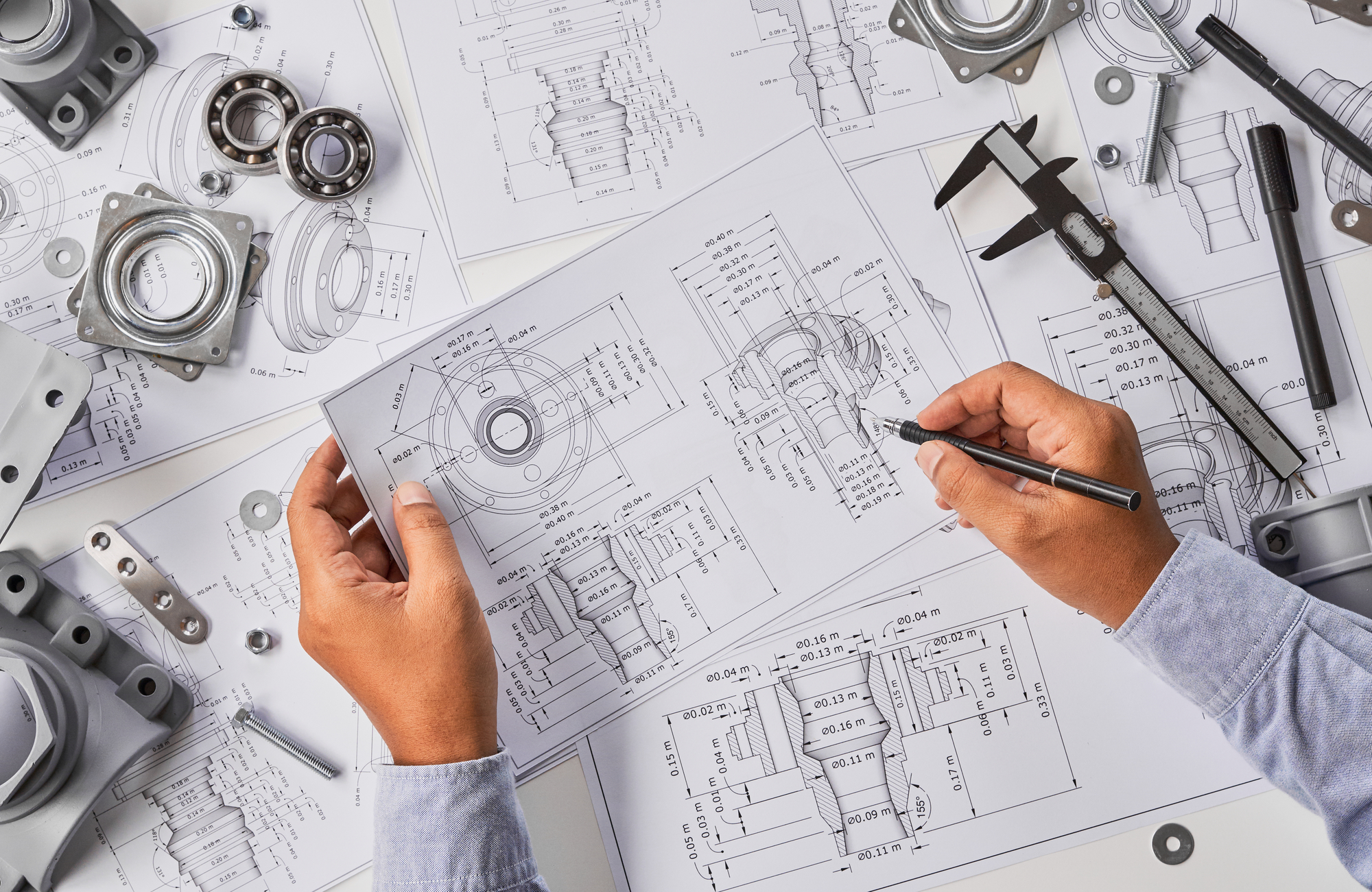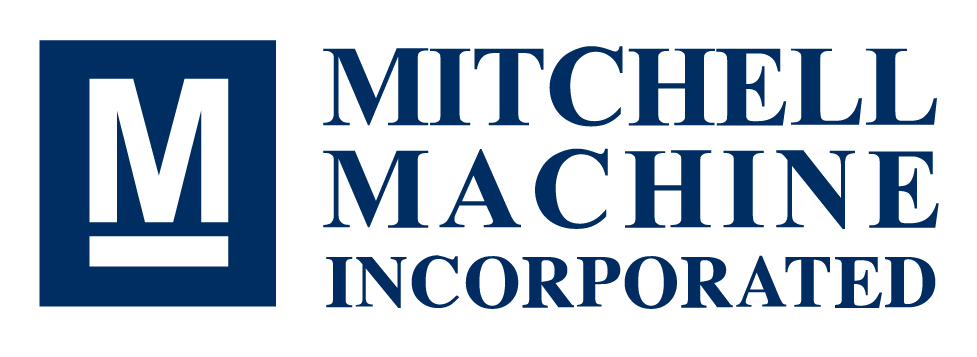
Engineering drawings are critical for communicating design intent for machined parts that require tight tolerances or other special requirements. Customers across a wide variety of industries attach drawings to their parts when requesting a quote.
That being said, not all engineers are extensively trained on how to create great drawings that manufacturers will be able to easily understand, which can negatively impact lead times, part cost, and clarity around specifications.
We’ve compiled a short list of tips to help guide you on creating better technical drawings that clearly communicate your critical requirements and also save you time and money.
Mitchell Machine | Massachusetts CNC Machining Leaders
At Mitchell Machine, in order to guarantee the quality and performance our customers expect, we know that the key is finding the right fit for the job. That could include using strategically created labor cells to run multiple machines and matching the proper CNC machine and machinist to what’s required.
If you’re seeking to benefit from CNC machined parts and save money, Mitchell Machine can offer unique expertise to help you save time and money on your machined parts.
Avoid multiple setups when possible
The least expensive parts to machine are those that can be completed in a single set up; in other words, they do not have features on the sides or on the back that requires the parts to be flipped over and repositioned. Additional setups add considerable time and expense to parts. Avoid them when possible.
Provide as much Detail as possible in Parts Specifications
It’s always better to include more information, rather than not having enough, especially if you are working with the company for the first time. Although engineering drawings typically appear on the tail-end of the design process for a part, it’s a big aspect of designing for manufacturing, as the numbers, texts and images on a drawings are often critical information for your manufacturer.
For instance, when you’re specifying the material to be used, be specific. Just saying “aluminum” isn’t enough, as it doesn’t offer enough information. Do you need a material certification to ship with the part, to prove the material is exactly what you asked for? These decisions will ultimately affect both the function of your part, and the cost.
Tell Us What the Part is for and How it is Used
It almost always helps the machinist to know what a part is for and how it is supposed to be used. Custom machining is like a game. You are continually trying to figure out exactly what a customer wants. You win when a finished part works well and the customer is happy with it. Knowing how a part works and what it is for helps tremendously in this regard.
Avoid Designing Difficult To Machine Features
As you may know, it’s difficult to machine a part with very thin, deep walls. Some features are simply more difficult to machine than others, and may become near-impossible when using certain materials. For instance, thin-walled sections may snap off while being milled due to excessive vibration. Small, but deep, threaded holes may require your manufacturing partner to go out and buy a long-reach tap. Complex 3D surfaces are time-consuming to machine, especially if you require a great surface finish. All of these are worth considering during the design phase, and should be avoided if unnecessary.
Don’t over-design or over-tolerance your designs
Typically, only a few features on a part are critical to its function, so you want the machinist to pay extra attention to these features. When you over-dimension, the critical requirements are lost in the noise, so assign only tolerances to mission-critical features. Over-dimensioning will also drive up cost of the prototype.
Leave optional secondary operation call-outs off the drawing
If secondary operations, such as polishing and anodizing, are optional, not critical, it’s best to request quote and lead time for those add-ons separately, so you know the additional time & cost. In our experience, many people don’t find secondary operations worth the additional lead time and cost until late-stage prototyping.
{{cta(‘e51f775f-ed91-47ca-92b9-5fb1d4c56aba’)}}

